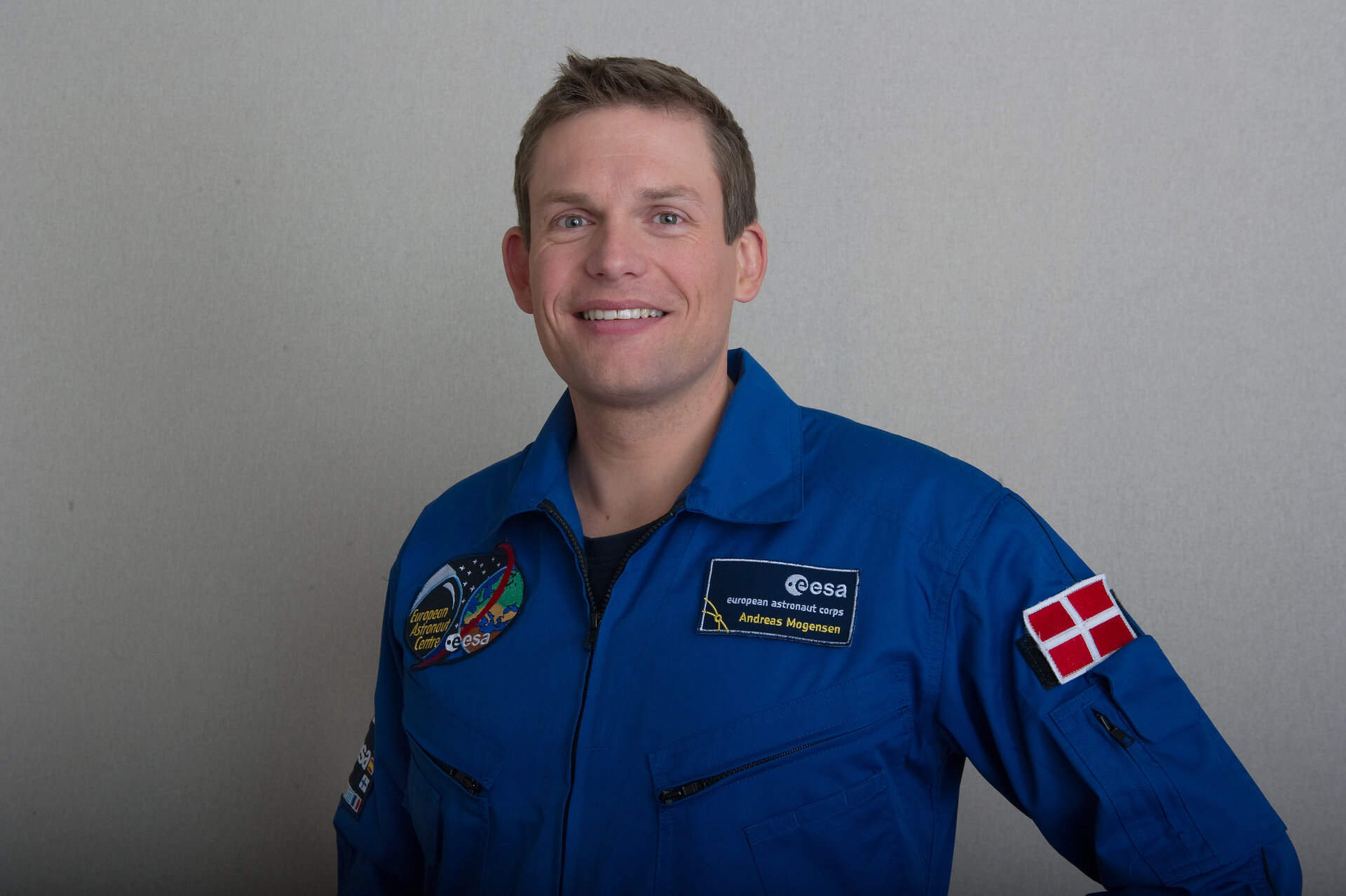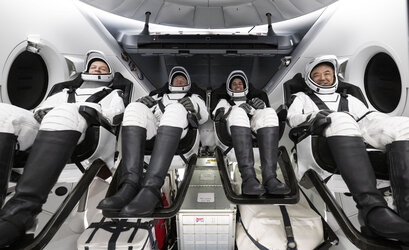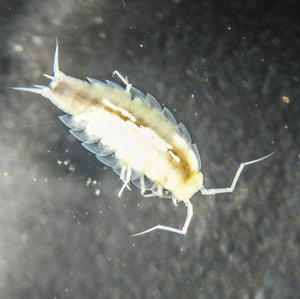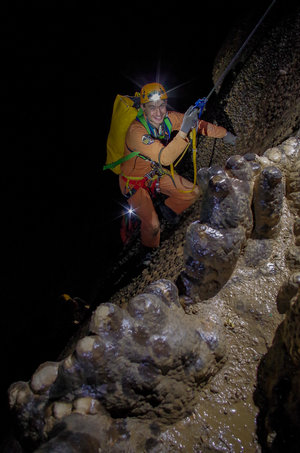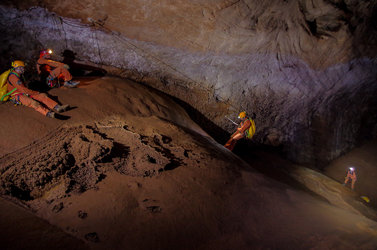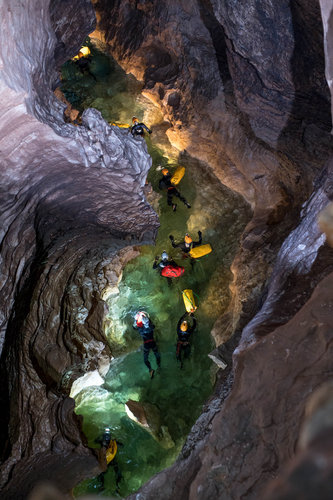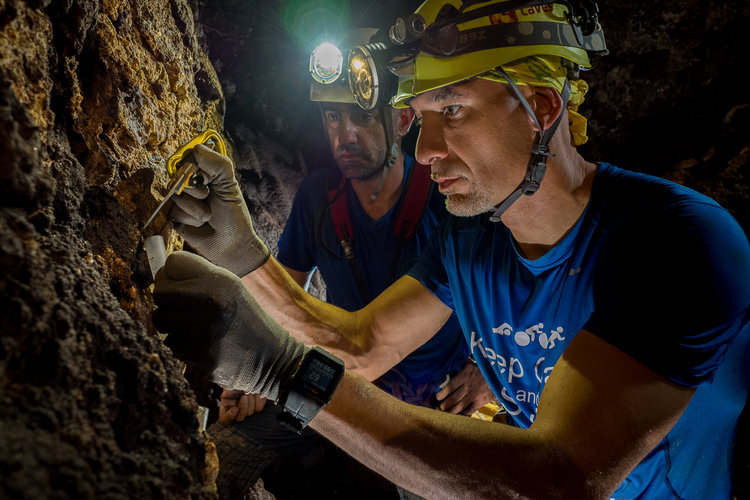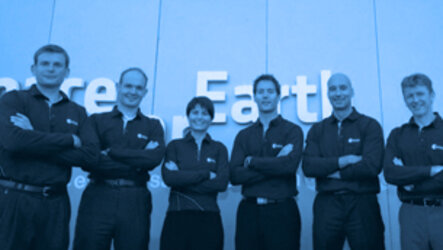CAVES crew 2012
Andreas Mogensen, European Space Agency
Andreas was selected as an ESA astronaut in 2009, a couple of years after receiving a doctorate in aerospace engineering.
Andreas has worked as a drilling services engineer on an offshore oil rig in the Republic of Congo and the Republic of Angola. From 2008 until his astronaut selection, Andreas worked as a research fellow at the Surrey Space Centre in the United Kingdom. His research focused on spacecraft guidance, navigation and control during entry, descent and landing. He participates actively in several adventure sports, including scuba diving, skydiving, kite surfing, kayaking and mountaineering.
David Saint-Jacques, Canadian Space Agency

David is a lifelong mountaineer, cyclist, skier and passionate sailor. He also holds a commercial pilot license.
He earned a PhD in Astrophysics from the University of Cambridge , UK, and his postdoctoral research included the development of telescope applications. His international experience also includes medical training in Lebanon and Guatemala.
David recently graduated from Astronaut Candidate Training and since then he has been assigned to the Robotics Branch of the NASA Astronaut Office. Last year he served as ‘aquanaut’ during a NEEMO undersea exploration mission, and spent over 24 hours at the Aquarius underwater laboratory.
Soichi Noguchi, Japanese Space Agency

Soichi is the fifth Japanese astronaut to fly in space and the fourth to fly on the Space Shuttle. A veteran of two spaceflights, Soichi has logged almost 177 days in space. His first spaceflight was as a Mission Specialist in 2005 for NASA's ‘return to flight’ Space Shuttle mission after the Columbia disaster. He was most recently in space as part of Expedition 22 to the International Space Station, during which he performed three spacewalks, totalling over 20 hours.
He received a bachelor of engineering degree and a master in aeronautical engineering from the University of Tokyo. He has been involved in the aerodynamic design of commercial aero-engines. He enjoys basketball, skiing, camping, and flying.
Michael Fincke, NASA

Mike Fincke has logged just under 382 days in space, placing him first among American astronauts for the most time in space. His total EVA time is 48 hours and 37 minutes, placing him sixth on the list for most time spacewalking. He speaks Japanese and Russian.
He has flown twice aboard Soyuz to the ISS, for Expeditions 9 and 18, and was a mission specialist on STS-134, his first and last flight on a Space Shuttle. In 2009 he served as the ISS Commander.
For his first long-duration mission, in 2004, Mike spent six months on the Station. The STS-134 mission marked the final flight of Space Shuttle Endeavour, where he served as one a spacewalker and robotics arm operator.
Andrew J. Feustel, NASA

During his early days at college, Drew Feustel worked as an auto mechanic. The skills acquired probably helped him in the challenging STS-125 mission, the fifth and final Hubble Space Telescope servicing mission. The mission extended and improved the observatory’s capabilities.
In completing his first mission, Drewl logged almost 13 days in space, and about 20 hours spread over three spacewalks. The spacewalkers overcame frozen bolts, stripped screws and stuck handrails. In 2011, together with Mike Fincke, Drew was launched on Space Shuttle Endeavour’s final mission for STS-134 to the International Space Station.
Following several years working as a geophysicist, he was selected as an astronaut by NASA in July 2000.
Nikolai V. Tikhonov, Roscosmos

Nikolai was born in 1982. In 2005, he graduated from the Aerospace Department of the Moscow Aviation Institute and started to work for RSC Energia as an engineer.
One year later, he joined the Gagarin Cosmonaut Training Centre as a candidate test cosmonaut. After completing a basic two-year cosmonaut training course, the Interdepartmental Qualification Board qualified him as a test cosmonaut in 2009. Since 2011, he has been a test cosmonaut with the Roscosmos cosmonaut corps.















 Germany
Germany
 Austria
Austria
 Belgium
Belgium
 Denmark
Denmark
 Spain
Spain
 Estonia
Estonia
 Finland
Finland
 France
France
 Greece
Greece
 Hungary
Hungary
 Ireland
Ireland
 Italy
Italy
 Luxembourg
Luxembourg
 Norway
Norway
 The Netherlands
The Netherlands
 Poland
Poland
 Portugal
Portugal
 Czechia
Czechia
 Romania
Romania
 United Kingdom
United Kingdom
 Slovenia
Slovenia
 Sweden
Sweden
 Switzerland
Switzerland


























